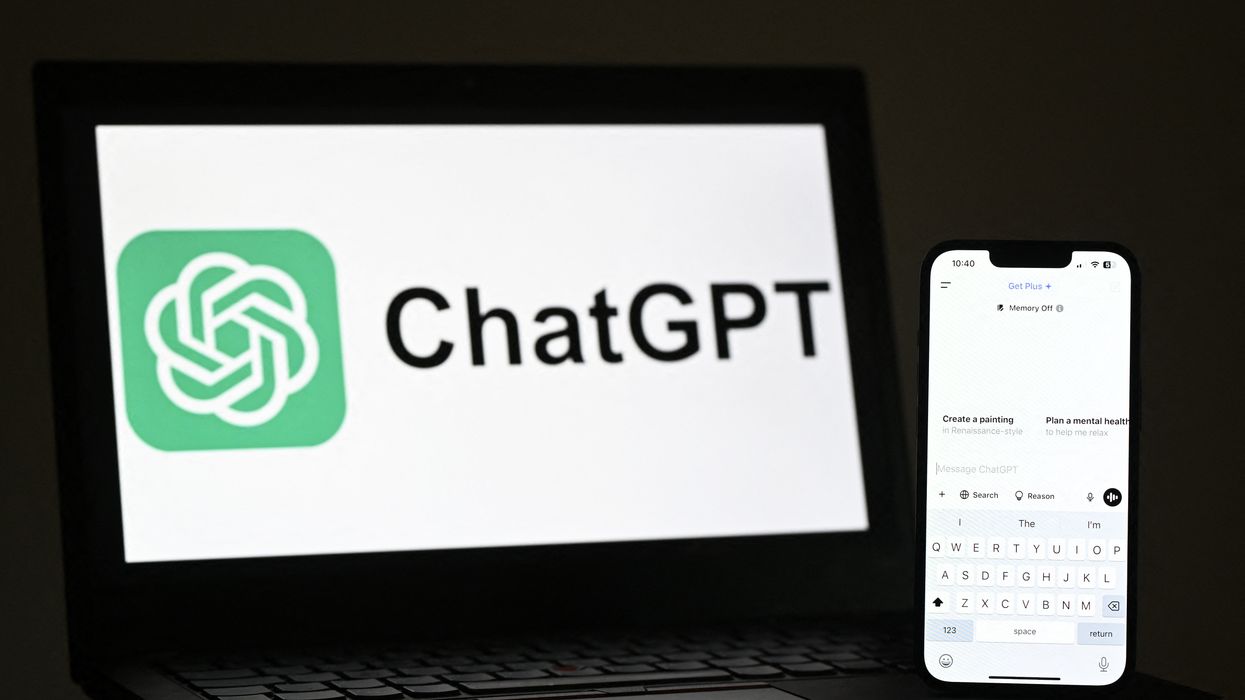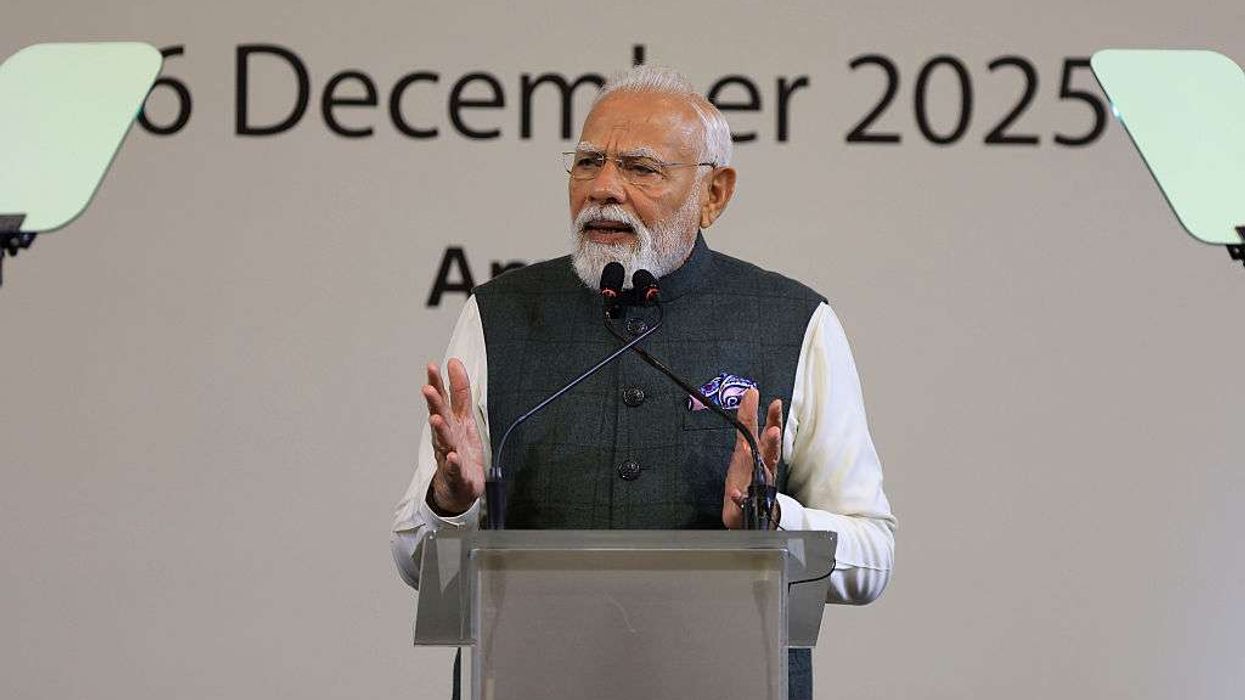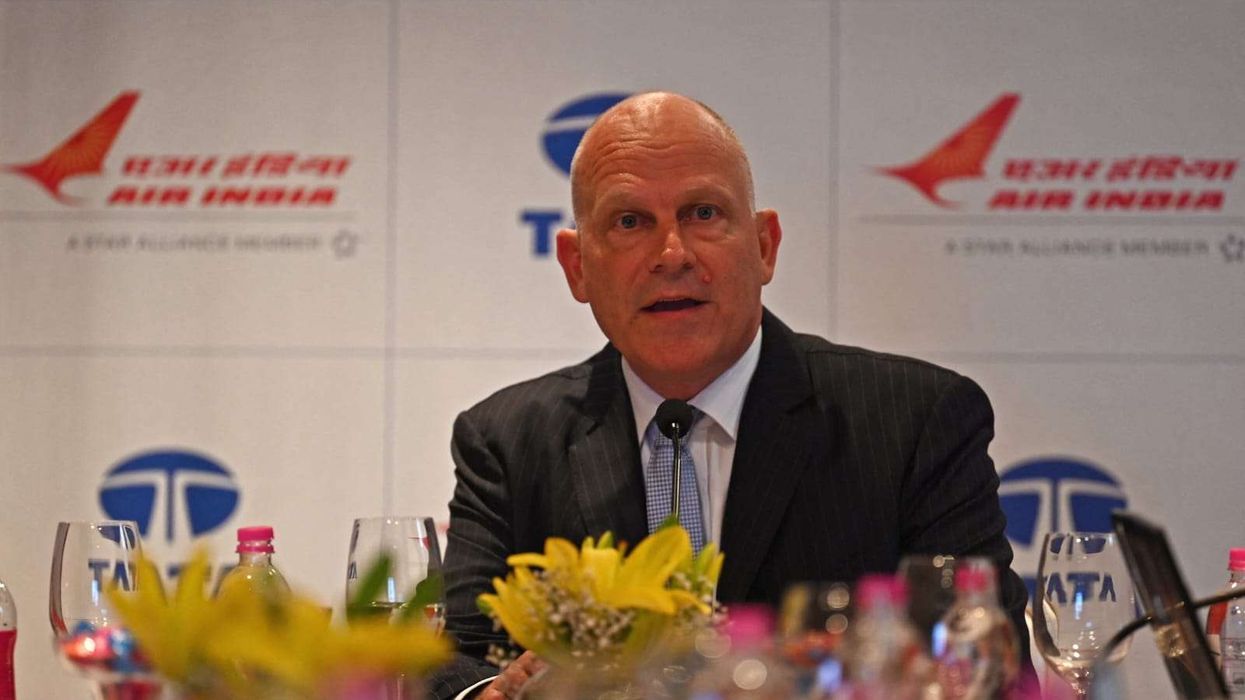A fun new trend is making waves across the internet — creating your own action figure using AI. Thanks to the ChatGPT action figure prompt, people can now design characters based on themselves or their imagination, simply by writing a few lines of text.
The idea is simple. You create a short prompt describing the action figure you want. This could be based on yourself, a superhero, or even a completely new character. You can describe everything from outfits and weapons to personality traits and sidekicks. Some users even upload a clear photo of their face to make the action figure resemble them.
Many people are enjoying how easy it is to join in. You don’t need to be an artist or expert designer — a few sentences are enough. However, it’s important to appreciate that traditional toy designers and artists still play a huge role in bringing real-world figures to life. This AI trend is just another creative outlet, adding to the world of design, not replacing it.
When it comes to writing your ChatGPT action figure prompt, there’s no limit to creativity. You can start simple:
1. Select and upload an image of yourself in the chat.
2. Use this prompt: “Using the photo of [insert person or description], create a realistic action figure of [him/her/them] in a premium collectible-style blister pack.The figure should be posed standing upright. The blister pack should have a [colour] header with the text '[main title]' in large [text colour] letters, and below it, '[subtitle]' in smaller [text colour] letters.
Include accessories displayed in compartments on the [left/right/both] side(s) of the figure: [list of accessories].
The background inside the blister pack should be [background colour or theme].
Ensure the action figure accurately reflects the facial features, hairstyle, and general appearance of [person], with a [expression type, e.g., smiling, serious] expression.
Render the final image in high detail with a photorealistic quality."
The more details you give, the better and more personal your action figure will be. You can include your hobbies, futuristic gear, magical powers, or even a special pet companion. Some people describe their dream superhero outfits, while others add items like electric guitars, drones, or ancient swords to their designs.
What makes the trend so appealing is the mix of childhood memories and modern technology. Many grew up playing with action figures — from superheroes to cartoon favourites — and now they get to create one based on themselves or their wildest ideas. Platforms like Instagram, X (formerly Twitter), and Reddit are full of users proudly sharing their unique figures.
Most designs created through the ChatGPT action figure trend are digital images for now. But with 3D printing becoming more common, it’s possible that these creations could soon be made into real, physical toys. Some small businesses and independent toy makers are already exploring ways to turn AI-generated ideas into hand-crafted models, showing that technology and traditional art can work together.
Joining the trend is simple. Think of the kind of character you want to become. Write a prompt that covers the details — your appearance, outfit, special gadgets, superpowers, and even your personality. You can upload a clear photo if you want your action figure to have your face. Then, let the AI create your digital action figure.
The ChatGPT action figure trend is all about unlocking imagination in a new, accessible way. It’s not about replacing real artists; it’s about giving more people the chance to create something fun and personal. Whether you want to be a warrior, an astronaut, a wizard, or even a rockstar with a flying cat sidekick, the possibilities are endless.













